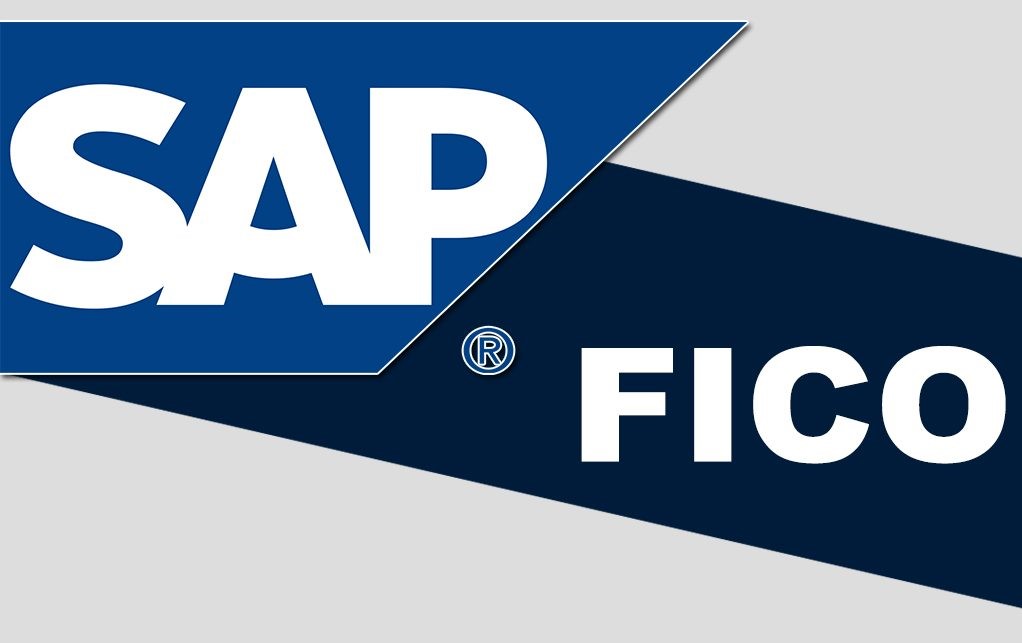Introduction
The financial accounting is transformed by the New General Ledger (New GL) of SAP FICO. It offers improved reporting options, parallel accounting, and real-time integration. Companies can concurrently handle several ledgers, currencies, and accounting conventions. New GL facilitates direct integration with Controlling (CO), document splitting, and segment reporting. Correct setup guarantees operational transparency, compliance with legal obligations, and precise financial statements. You can enhance your career by enrolling in SAP FICO Online Training and mastering financial and controlling processes. Efficient financial management depends on a knowledge of the end-to-end configuration. This includes document splitting, parallel accounting, CO integration, and ledger activation.
End-To-End Configuration Of New GL In SAP FICO
SAP FICO has changed along with the New General Ledger (New GL). Real-time integration, concurrent accounting, and segment reporting are made possible by it. The New GL helps several currencies and ledgers. Companies are able to manage challenging financial situations effectively. Setting up New GL demands exact configuration in both Financial Accounting (FI) and Controlling (CO) systems. This guarantees operational clarity, statutory compliance, and smooth reporting.
1. Activating New GL
First you have to enable New GL on your system. Active New G/L Accounting for the required company codes using transaction SPRO → Financial Accounting → General Ledger Accounting → Business Transactions. The system allows many firm codes to be activated at the same time.
2. Defining Ledger Approach
Leading and nonleading ledgers are supported under New GL. The principal accounting concepts are represented by the leading ledger. Define Ledgers by means of transaction SPRO under Financial Accounting and General Ledger Accounting and ledgers. Give the business code the main ledger. For parallel accounting, you can keep non-leading ledgers.
3. Document Splitting Configuration
Document division allows for thorough reporting at company, profit center, or segment levels. Navigate to SPRO, then Financial Accounting, General Ledger Accounting, Business Transactions, Document Splitting, Define Document Splitting Characteristics. Define splitting rules and Assign them to ledger groups. Turn on document splitting in the corporate code settings.
4. Real-Time Integration with CO
Real-time new GL connects with Controlling (CO); expenses and revenues are immediately posted to CO objects including cost centres and internal orders; configure Automatic. Using OBYC or pertinent derivation rules, define accounts. Make certain CO’s cost components correspond with the reconciling accounts. Many professionals prefer SAP FICO Classes in Pune for hands-on learning and real-time project experience.
5. Parallel Accounting Setup
Parallel accounting enables many accounting standards in one system. Using SPRO, go to Financial Accounting then General Ledger Accounting then Ledgers then Define Ledger Groups. Associate ledgers to ledger groups. Activate currencies per ledger. Define group currency (LC), transaction currency (TC), and firm code currency (0C).
6. Number Ranges and Field Status Variants
Set FBN1 number ranges for GL papers; assign field status variables to GL account types. Control posting input fields using OB41. This guarantees data consistency and forces obligatory fields.
7. Integration with Submodules
For Accounts Payable (AP) and Accounts Receivable (AR), Reconciliation Accounts connect to GL; new GL calls for submodule mapping. Keep master data using FSP0/
FSS0/FS00. Make sure that tax regulations, payment methods, and payment conditions fit naturally.
8. Reporting and Analysis
New GL lets for sophisticated reporting via the Universal Journal. Use FAGLL03 for ledger-based account balances. FAGL_SEGMENT fields provide segment reporting; real-time CO postings facilitate live profit analysis. Dividing documents guarantees thorough down reports.
Here’s a table of the important transaction codes mentioned above, and their functions for New GL configuration in SAP FICO:
| Transaction Code | Function |
| SPRO | Access SAP Customizing Implementation Guide (IMG) for New GL activation, ledger setup, and document splitting configuration. |
| FBN1 | Define and assign number ranges for General Ledger documents in company codes. |
| OB41 | Configure field status variants and groups for controlling mandatory and optional fields during postings. |
| OBYC | Maintain automatic account determination for integration between FI and MM modules. |
| FSP0 / FSS0 / FS00 | Create, change, and display GL master records at chart of accounts or company code level. |
| FAGLL03 | Display GL account line items for ledger-based reporting and analysis. |
| FAGL_FC_VAL | Execute foreign currency valuation for open items and balances in New GL. |
| FAGL_SEGMENT | Enable and configure segment reporting for detailed financial analysis. |
Conclusion
New GL changes financial activities from start to finish. It helps many accounting standards, guarantees compliance, and improves reporting correctness. Companies in India value candidates who complete SAP FICO Training in Hyderabad for advanced financial accounting skills. Essential actions are activating the New GL, defining ledgers, enabling document splitting, and combining with CO. Correct settings provide for operational openness and effective financial management.


